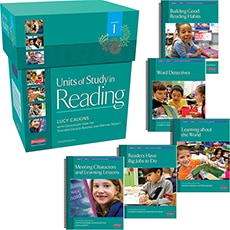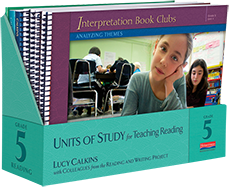
Units of Study
"Good teaching pays off. When you provide students with constant opportunities to read and to write, and when you actively and assertively teach into their best efforts, their literacy development will astonish you, their parents, the school administrators—and best of all, the students themselves."
— Lucy Calkins
New Reading & Writing 3rd Editions! Download Samples
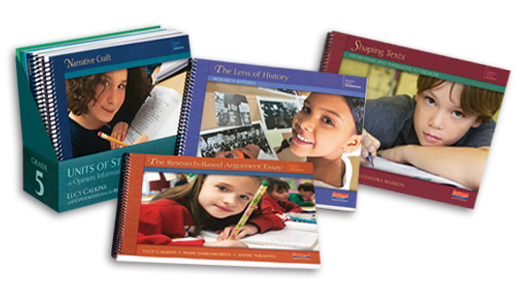
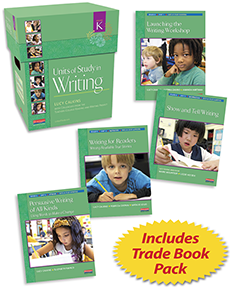
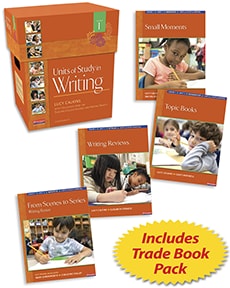
Units of Study - Reading
The Units of Study for Teaching Reading offer grade-by-grade reading curricula, K–5, and grade-band units for grades 6–8 to meet ambitious world-class standards. Drawing on learning gleaned from decades of research, curriculum development, and working shoulder-to-shoulder with students, teachers, and school leaders in schools, think tanks, and advanced Institute sections, the reading series is rooted in the Project's best practices and newest thinking. The series includes state-of-the-art charts and tools, methods for teaching reading, undergirded by the Project's learning progressions in reading for literature and informational texts.
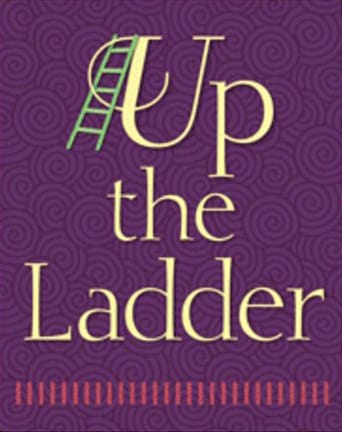
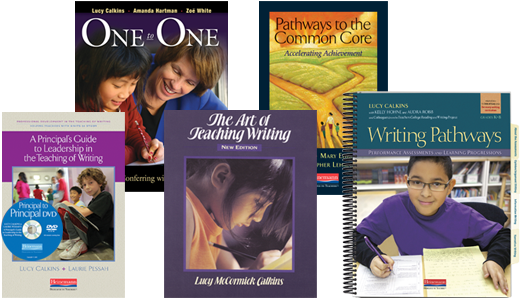
Professional Books
In addition to her work on the Units of Study for Teaching Reading and Writing, Lucy Calkins is also the author or coauthor of numerous foundational professional books including The Art of Teaching Writing, Writing Pathways: Performance Assessments and Learning Progressions, Grades K–8, Pathways to the Common Core: Accelerating Achievement, One to One: The Art of Conferring with Young Writers, and A Principal’s Guide to Leadership in the Teaching of Writing.

